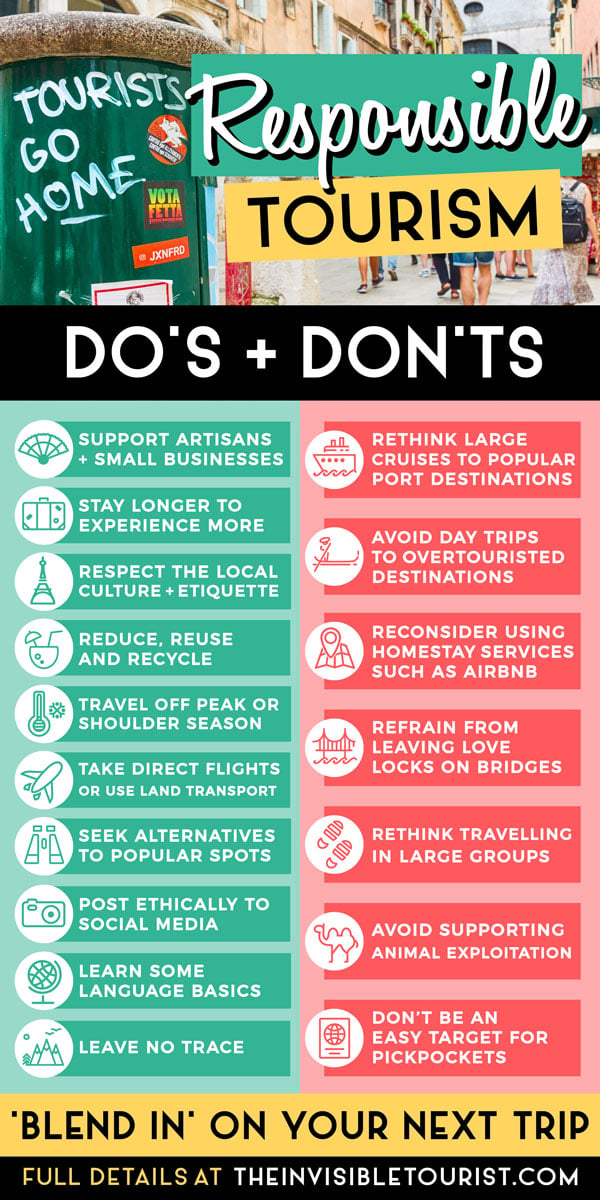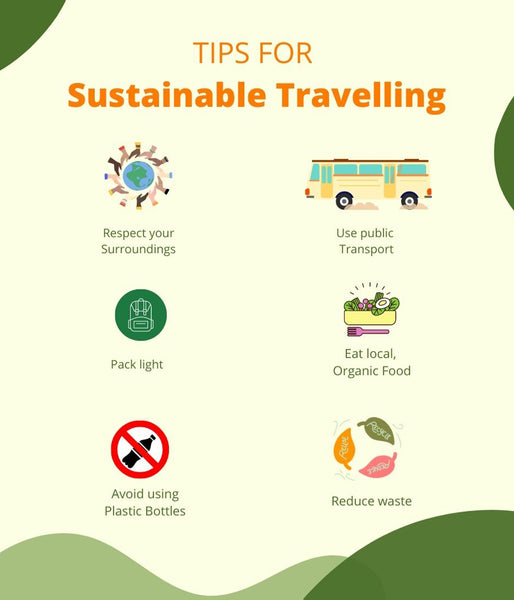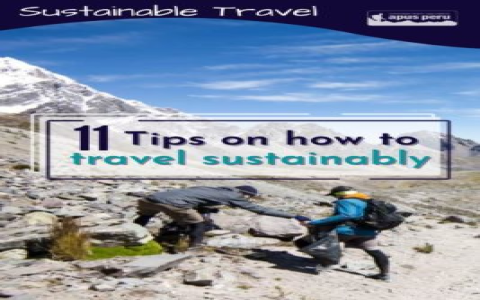Man, planning my last trip had me scratching my head. How do you actually pick travel services that aren’t shady? I got fed up with vague promises and decided to figure this out myself, step by step.

Starting Point: Feeling Lost
Honestly, I just started drowning in options online. Every tour company screamed “Eco-Friendly!” or “Supports Locals!”. Felt like total noise. How do you even know if it’s real?
What I Actually Did
First, I focused on transparency. I picked a random jungle trekking tour. Their website looked slick, full of green leaves pictures. Instead of just drooling over monkeys, I dug into their ‘About Us’ and ‘Values’. Big red flag: absolutely zero specifics. No names of actual local partners, no details about where the money went. Zip. Nada. I bailed.
Then, I decided communication was key. I found a different outfit promising cultural homestays. This time, I fired off a simple email: “Hey, exactly which village does this homestay happen in, and can you tell me briefly how this directly helps the families there?” Simple stuff, right? Crickets for two days. Then a vague reply about “supporting rural communities” – no actual answer. Next!
Got a bit smarter for round three. I started comparing wildly different operators for a basic city tour. One giant company offered a super cheap, jam-packed day. Another smaller one charged more for just half a day. Digging deeper? The cheap one promised like 10 spots in 6 hours – pure rushing and probably shopping stops. The pricey one? Only 3 spots, focused on history with a local historian leading. You pay for what you get, no magic.
I also remembered this tip: payment clarity. Saw a diving trip with a suspiciously low deposit but demanded the rest in cash on arrival. Sketchy! Avoided that landmine. Good operators break down costs clearly upfront.

The Small Stuff Adds Up
Finally, I stalked the fine print. Seriously! Found this amazing-looking “community project” day trip. Buried deep in their cancellation policy? They kept a whopping 50% fee if you cancelled anytime, even months before. That made me squirm. How responsible is it to pocket half for something you didn’t even provide? Red flag city.
What Actually Worked (The 5 Tips I Landed On)
After wasting hours and hitting dead ends, here’s what worked for me:
- Ask Direct Questions & Wait: “Who is your local partner for X?” “What % of this fee goes to the guide/community?” If they dodge or take forever, forget it.
- Ignore the Fluff, Hunt the Facts: Glossy photos mean nothing. Look for specific projects, named guides or community groups, transparent financial breakdowns.
- Compare Apples to Apples (Not Oranges): That dirt-cheap price usually means corners cut – rushed trips, underpaid staff, hidden extras. Responsible stuff costs real money.
- Payment Shouldn’t Be a Puzzle: Clear invoices, secure payment methods, fair cancellation terms. None of that “pay the driver cash” nonsense.
- Read the Dang Policy Page: Seriously boring, but tells you exactly how responsible they really are with your money and commitments.
It took digging and a few frustrations, but finding operators that actually walked the talk felt worth it. The trip? Way better knowing my cash wasn’t just lining some shady pocket.










